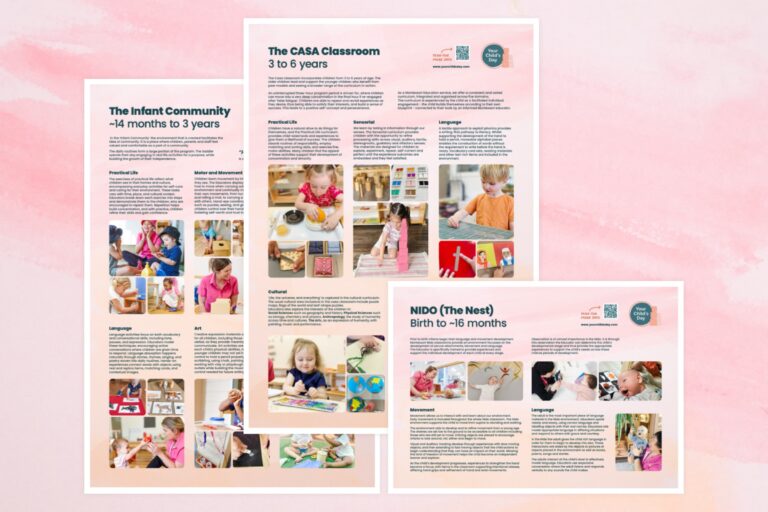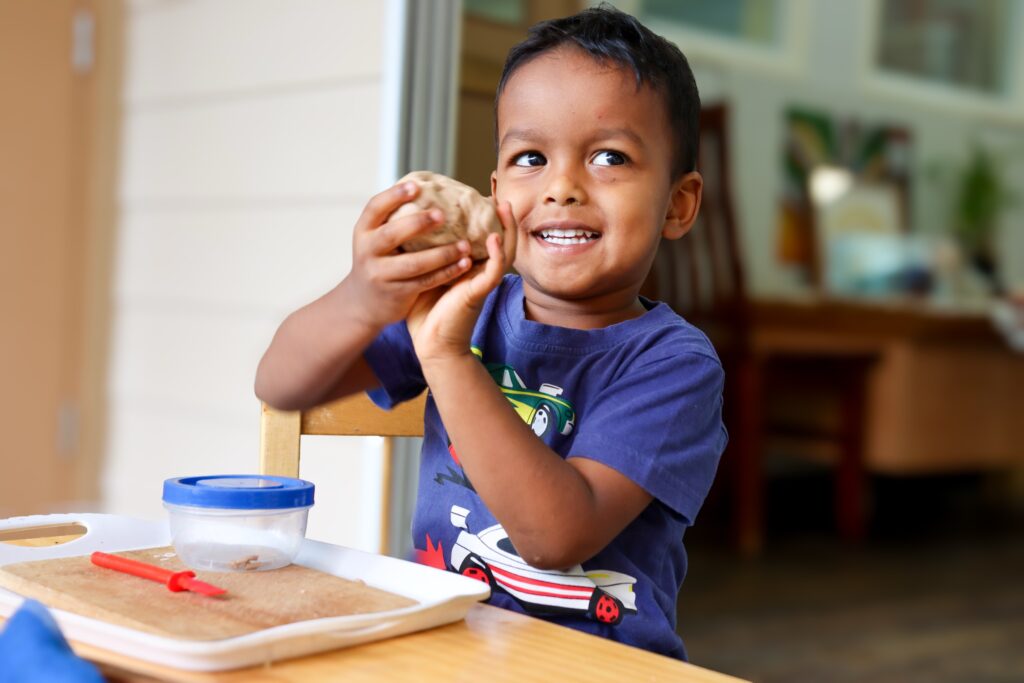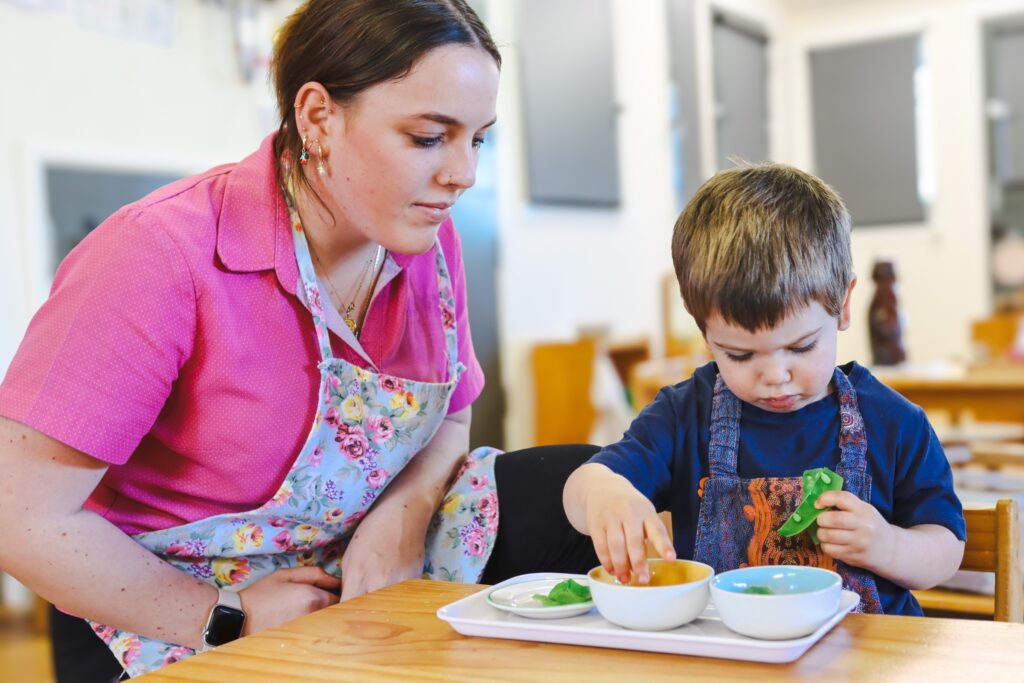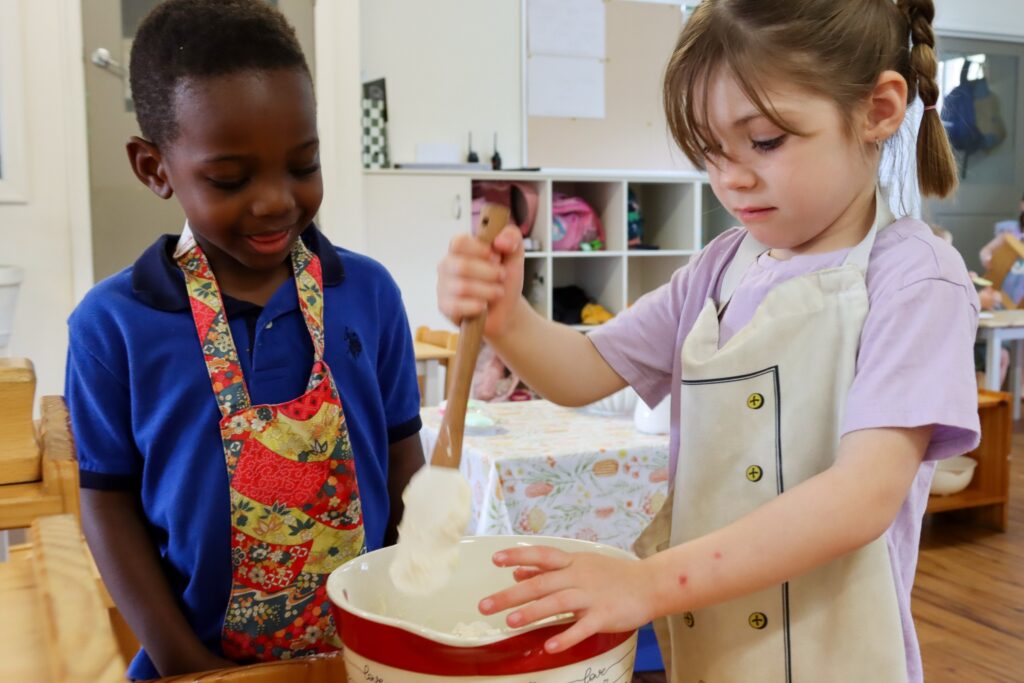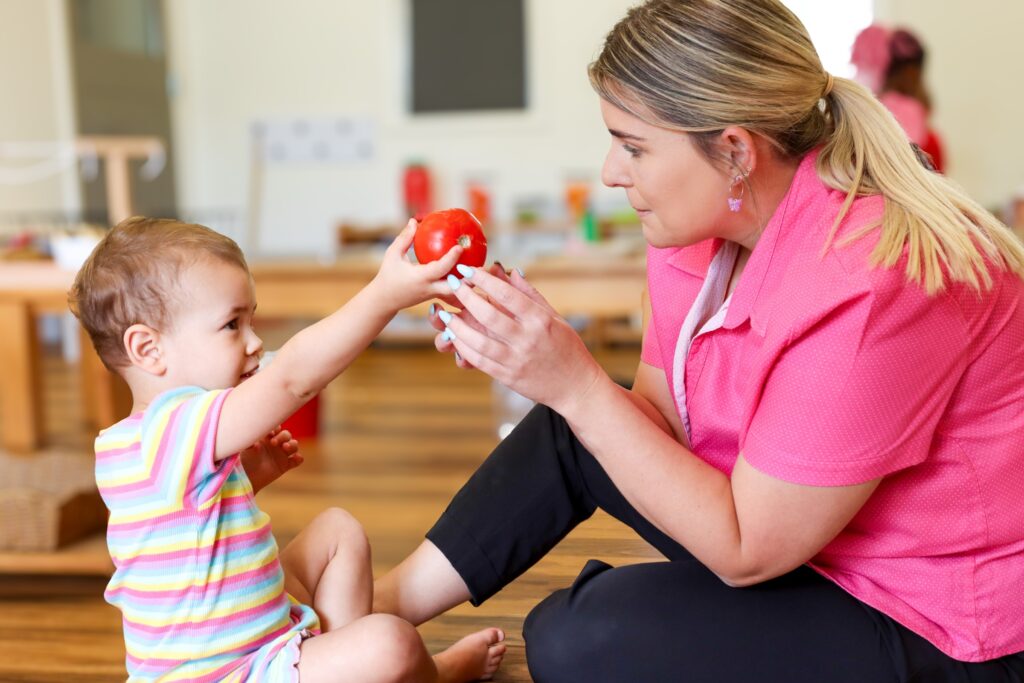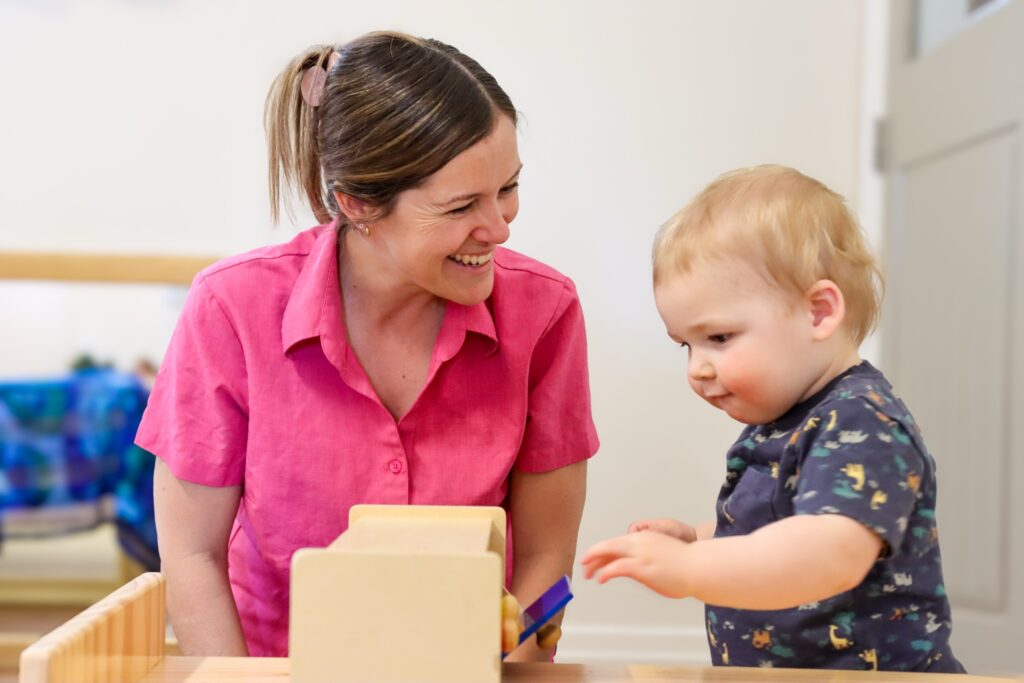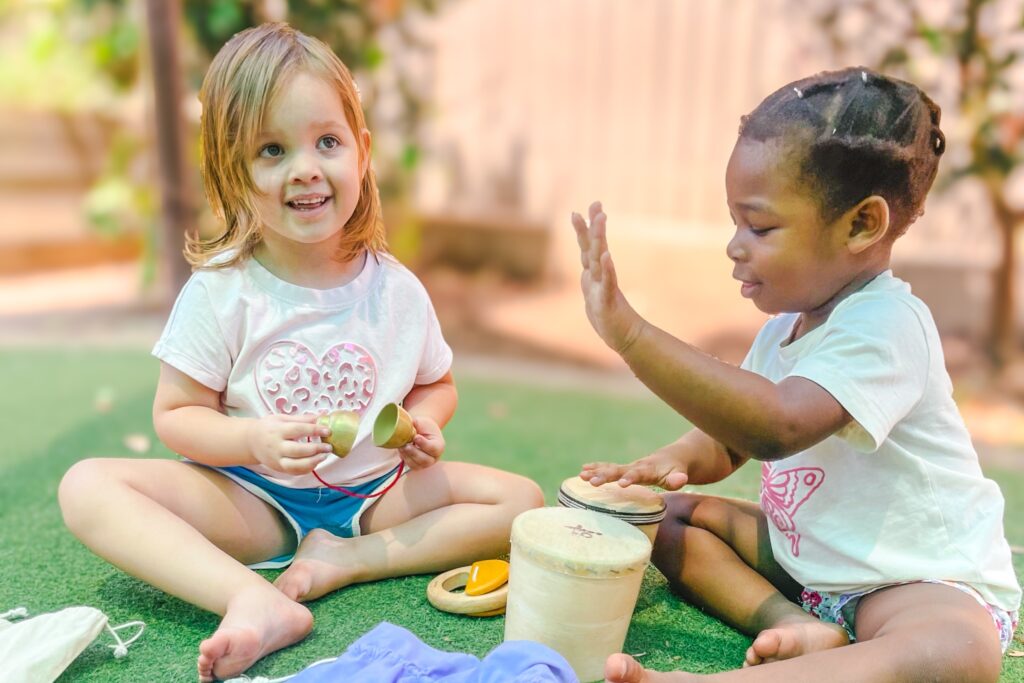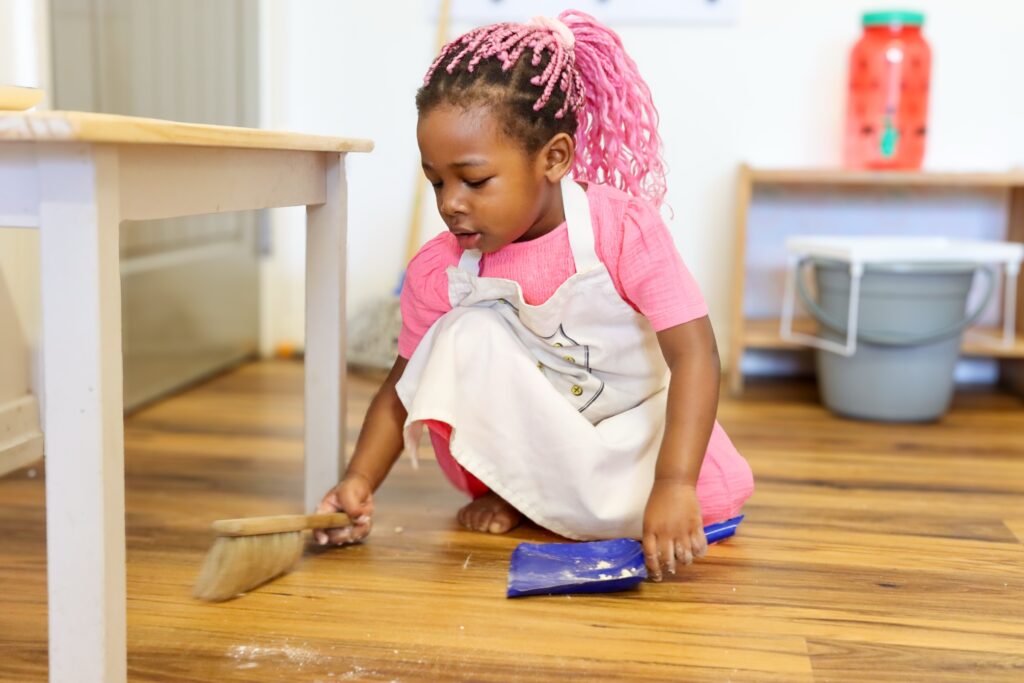Order
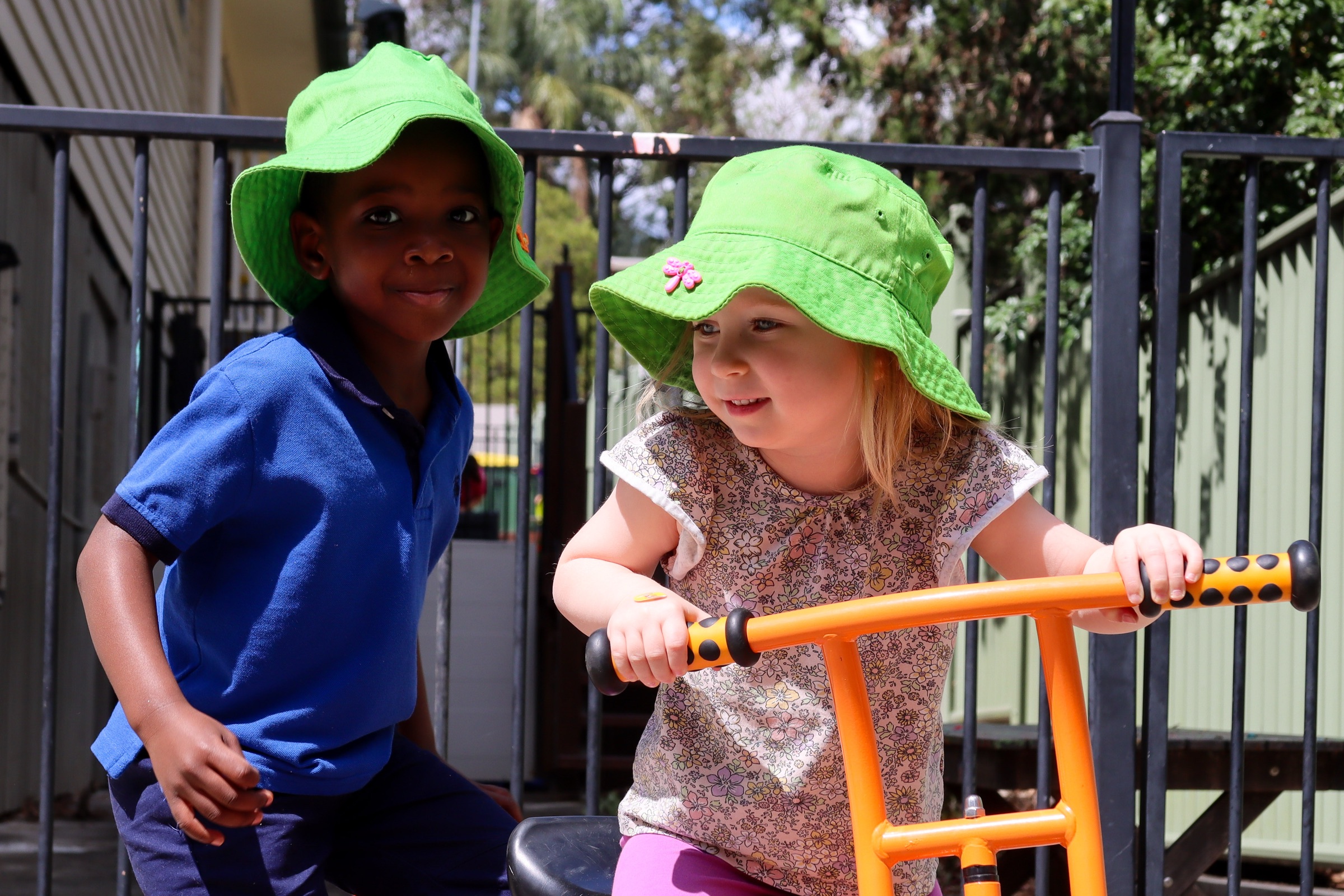
Order is one of the sensitive periods that a child experiences between birth and approximately 5 ½ years.
It often peaks at 1 ½ -2 years and can be demonstrated by the child coming into a known environment and if an object is in the wrong place they will go and put it in the right place.
There is a difference between adult and child order. An adult puts things in order to make their life easier and do things according to a routine. A child’s order is so they feel safe and secure and to get to know the world around them. Changing the order can upset the child.
Creating inner order is about routine and the way we do things, what comes before or after. At home it may be bath time, then dinner, then a story. In the classroom it may be outside time, toileting, morning tea, work cycle, lunch. There needs to be flexibility to change the length of the work cycle depending on the children’s signals.
Order relates to orientating oneself to their environment.
Having order creates a sense of calmness in the child and the developing of embryonic self.
External order shows between the age of 1 ½ – 2 years, where the adult will start seeing the child putting things back on the shelf. There will be children who are ‘shelf sweepers’. They will pick up an activity, feel it, mouth it and drop it. They don’t put it back where they got it from.
The role of the adult is to pick it up and put it away ‘nicely’. The child is not to be made to leave another experience to come and pick it up. Children have a sensitivity to order but cannot create external order until 1 ½ – 2 years. Once the child starts doing it you can then start to remind them about putting things away.
A child is drawn to order to help him orientate to his environment, to get to know it.
Maria Montessori believes a child is attracted to order. If the environment is in order, a child by about 2 ½ years can classify and organise the impressions taken in and internalise it. She also stated that in society if there was no order there would be absolute chaos. There is order in everything, the road rules we have to keep us safe and not crash into each other, following a recipe to make a meal. Order allows for predictability for all.

